
Choosing the right sofa for your business or home can be overwhelming. If space, shipping costs, and sustainability matter to you, compression sofas might be the answer.
Compression sofas offer multiple advantages: they save space, reduce shipping costs, lower carbon emissions, simplify storage and setup, and support modern, sustainable living—all without sacrificing comfort.
From personal experience, selling compression sofas has been a game changer. Let’s walk through what makes them such a smart, future-ready choice.
How do compression sofas help save space?
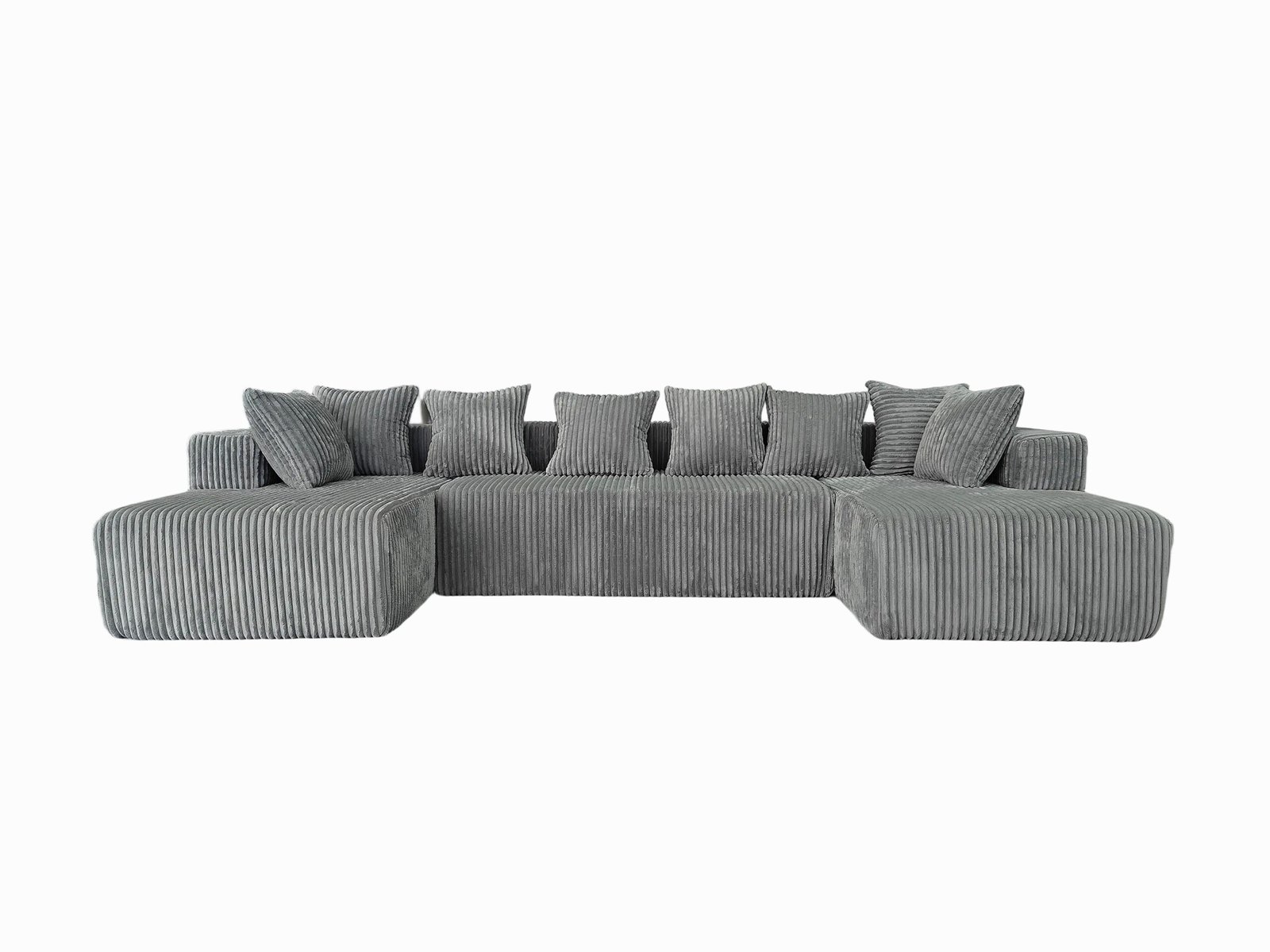
Limited space is one of the biggest challenges for modern homes and urban apartments.
Compression sofas are compact by design. They expand only when needed and stay compact when stored, helping maximize every square meter.
In many homes I’ve visited, especially in Canada and smaller urban condos, buyers look for furniture that doesn’t dominate the room. Compression sofas can be rolled, folded, or vacuum-packed. That means they can be delivered and placed even in the tightest spots.
Common space-saving mechanisms:
- Foldable frames
- Removable arms and legs
- Modular blocks that fit like puzzles
This flexible design is perfect for multipurpose rooms and open-plan apartments.
Are compression sofas easy to transport?

Moving bulky furniture is frustrating—and expensive.
Compressed sofas are easy to ship and move because of their reduced weight and volume. They fit into elevators, car trunks, and narrow hallways with no stress.
In our shipping tests, we fit 3–4x more compressed sofas in a 40HQ container than traditional models. That saves not only space but also time and fuel.
Transportation benefits:
| Item | Traditional Sofa | Compressed Sofa |
|---|---|---|
| Avg. box volume | 1.2–1.5 m³ | 0.3–0.5 m³ |
| Fits in small van? | ❌ | ✅ |
| Home delivery cost | Higher | Lower |
This benefit alone is huge for online sellers and DTC brands.
Do compression sofas help reduce packaging waste?

Too many sofas come with layers of cardboard, foam, and tape—most of which go straight to landfill.
Compression sofas use minimal, recyclable packaging, reducing waste and making unpacking easier.
In my own factory, we’ve replaced plastic foam sheets with recycled PE padding and reduced carton size by up to 60%. Less packaging means lower material cost, and better for the planet.
- Vacuum-sealed film
- Minimal box structure
- Less filler, less waste
This kind of efficient packaging supports zero-waste initiatives and meets new environmental standards in many countries.
Are compression sofas more cost-effective?

Every part of a sofa's life—production, shipping, storing, delivery—costs money.
Compression sofas help save on total costs by reducing freight fees, storage space, and product returns.
When we started shipping compressed models, our average shipping cost per unit dropped by 35–40%. Plus, fewer damages in transit led to fewer returns and happier customers.
Savings Breakdown:
| Area | Cost Reduction |
|---|---|
| Freight | ↓ 35–50% |
| Warehouse storage | ↓ 60% |
| Return/damage rate | ↓ 25% |
These savings can be passed on to your customers—or reinvested in better materials and branding.
Are compressed sofas comfortable?
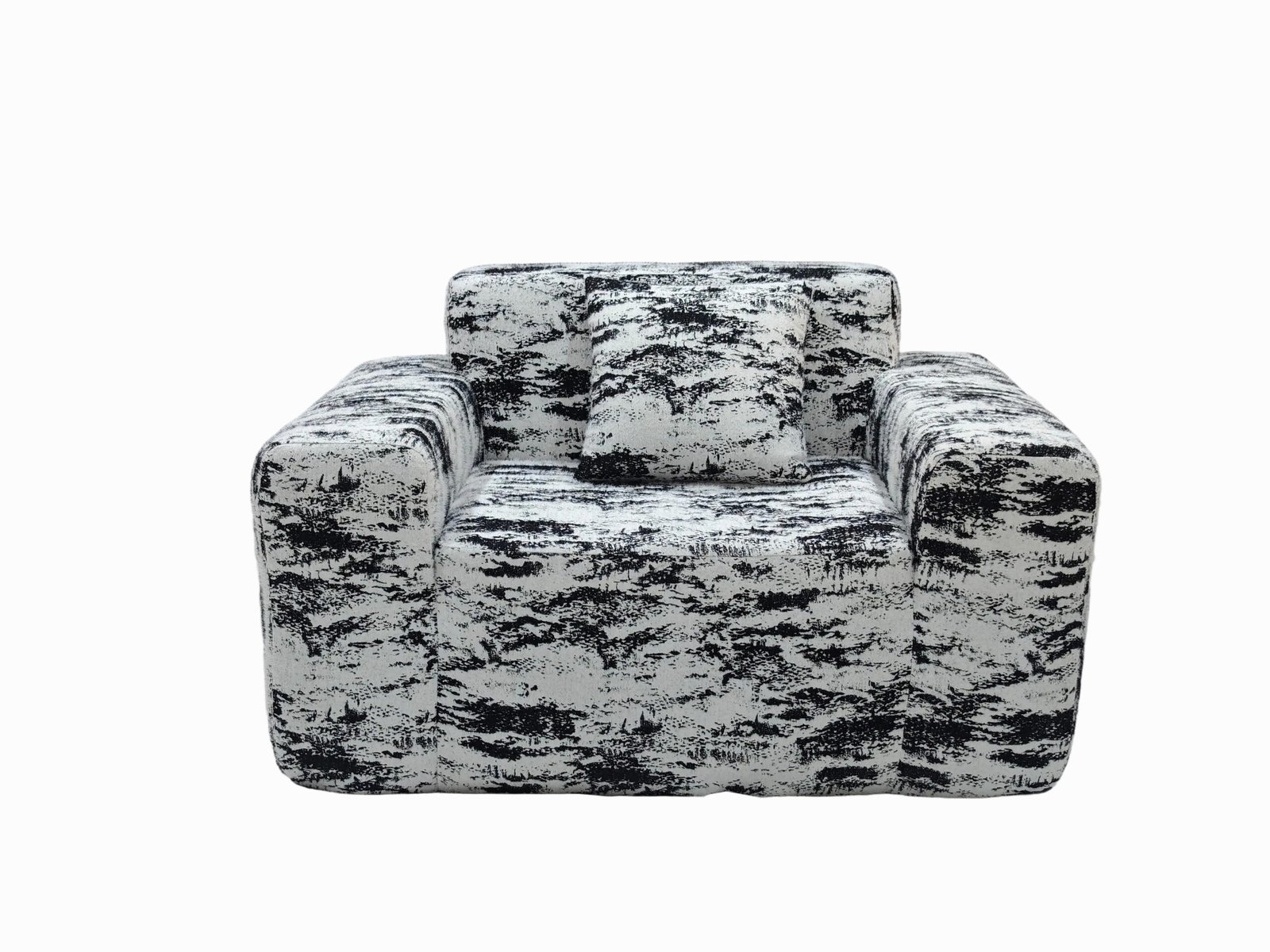
People often assume “compressed” means “cheap” or “less comfortable.” That’s just not true.
With high-resilience foam, ergonomic designs, and sturdy frames, compressed sofas offer the same (or better) comfort than traditional sofas.
We test every model in our factory to meet comfort and durability standards. Most of our customer reviews mention the surprise factor—“It’s way comfier than I expected!”
- High-density foam with memory effect
- Fabric choices from cotton to linen blends
- Adjustable modules for back, seat, and arms
Comfort isn’t sacrificed—it’s redesigned.
Are they easier to assemble and disassemble?
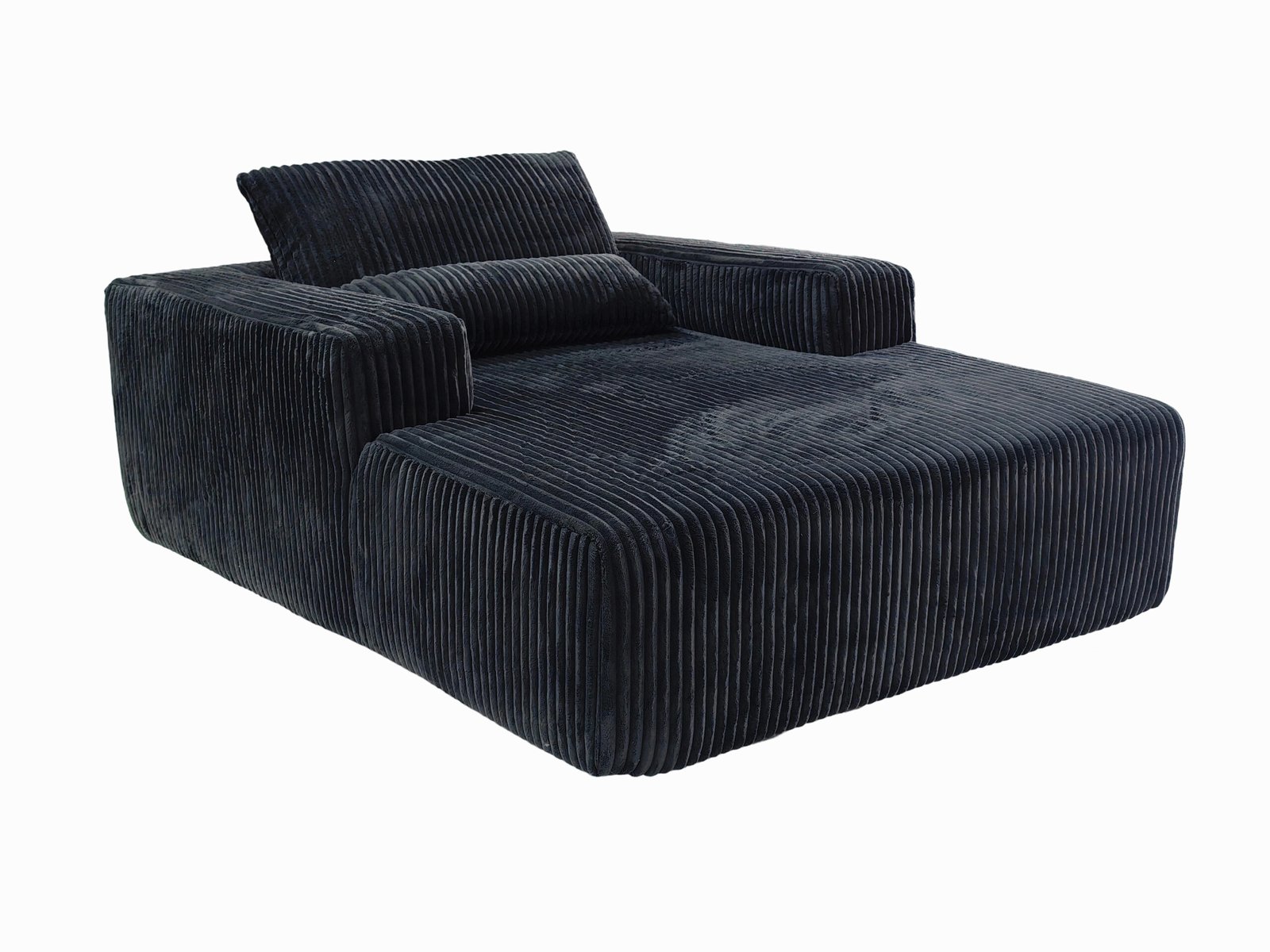
Tools, screws, long instructions—traditional sofa assembly can be a nightmare.
Compression sofas are made for easy, tool-free assembly. Most take less than 15 minutes to set up, even for first-time buyers.
This ease of use reduces the need for on-site setup services and helps online sellers reduce return rates. Plus, customers love not needing a full toolbox.
- Click-fit joints
- Zippered fabric wraps
- No nails, no drills
This also makes moving homes or rearranging a room much simpler.
Do compressed sofas last as long as traditional sofas?

Longevity is key for eco-friendliness. A sofa that breaks in 2 years isn’t sustainable.
Compressed sofas are built with modular, high-quality parts designed to last—and easy to replace if needed.
We use kiln-dried plywood, steel brackets, and thick fabric weaves to ensure durability. Most models are rated for 10+ years of regular use.
- Replaceable modules (like back cushions or seat foam)
- Easy maintenance (machine-washable covers)
- Scratch-resistant fabrics
Sustainability isn’t just about the start—it’s about the whole lifespan.
Are compressed sofas better for the environment?
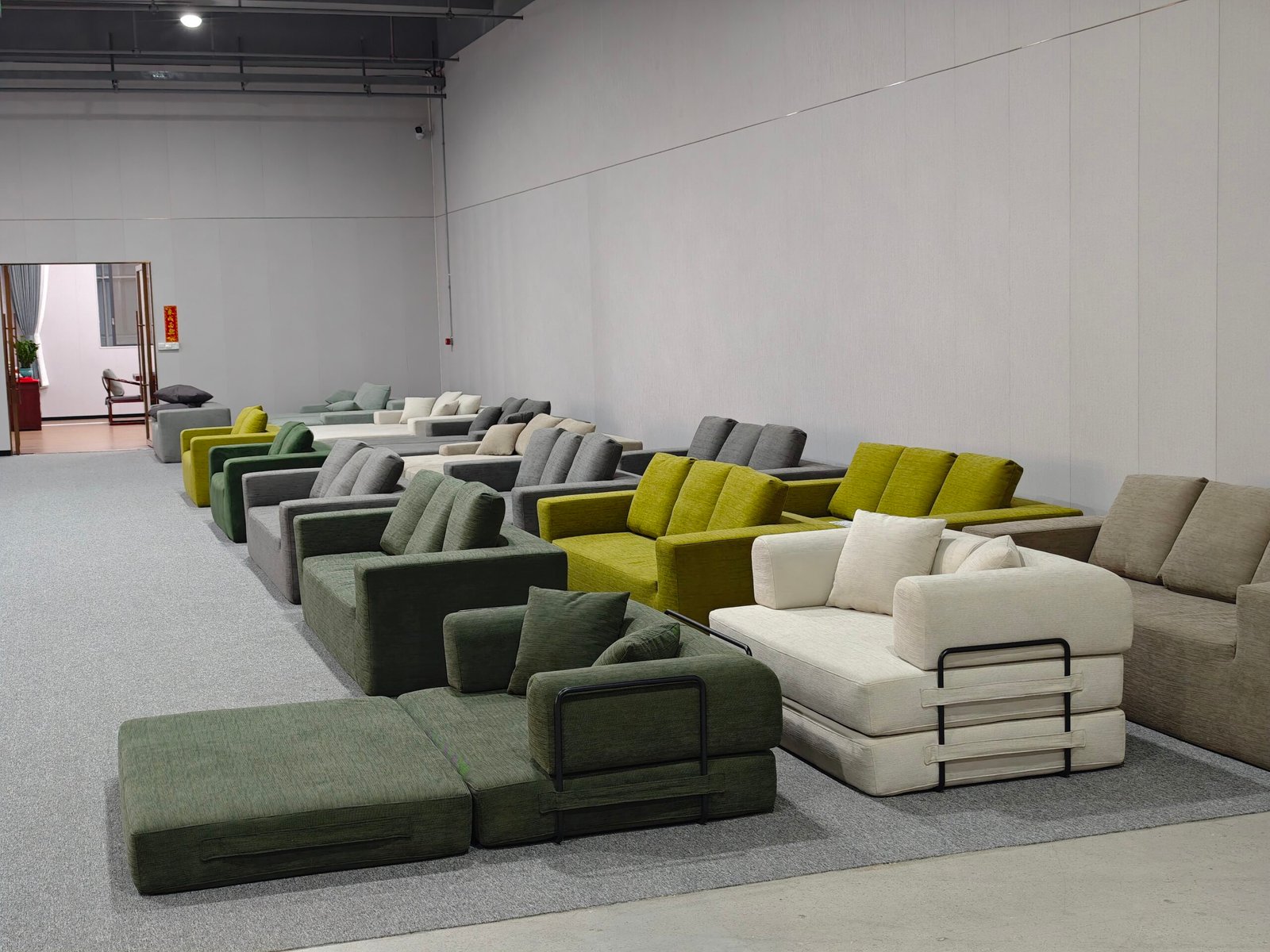
Furniture production and delivery have a big environmental impact. But that’s changing.
Compressed sofas support greener living by using fewer raw materials, reducing CO₂ from shipping, and using recyclable components.
Most models today are made with:
- Recycled foam
- FSC-certified wood
- OEKO-TEX® approved fabrics
- Water-based glue
By choosing compressed, consumers and sellers can actively lower their carbon footprint without compromising quality.
Can they match different home styles?
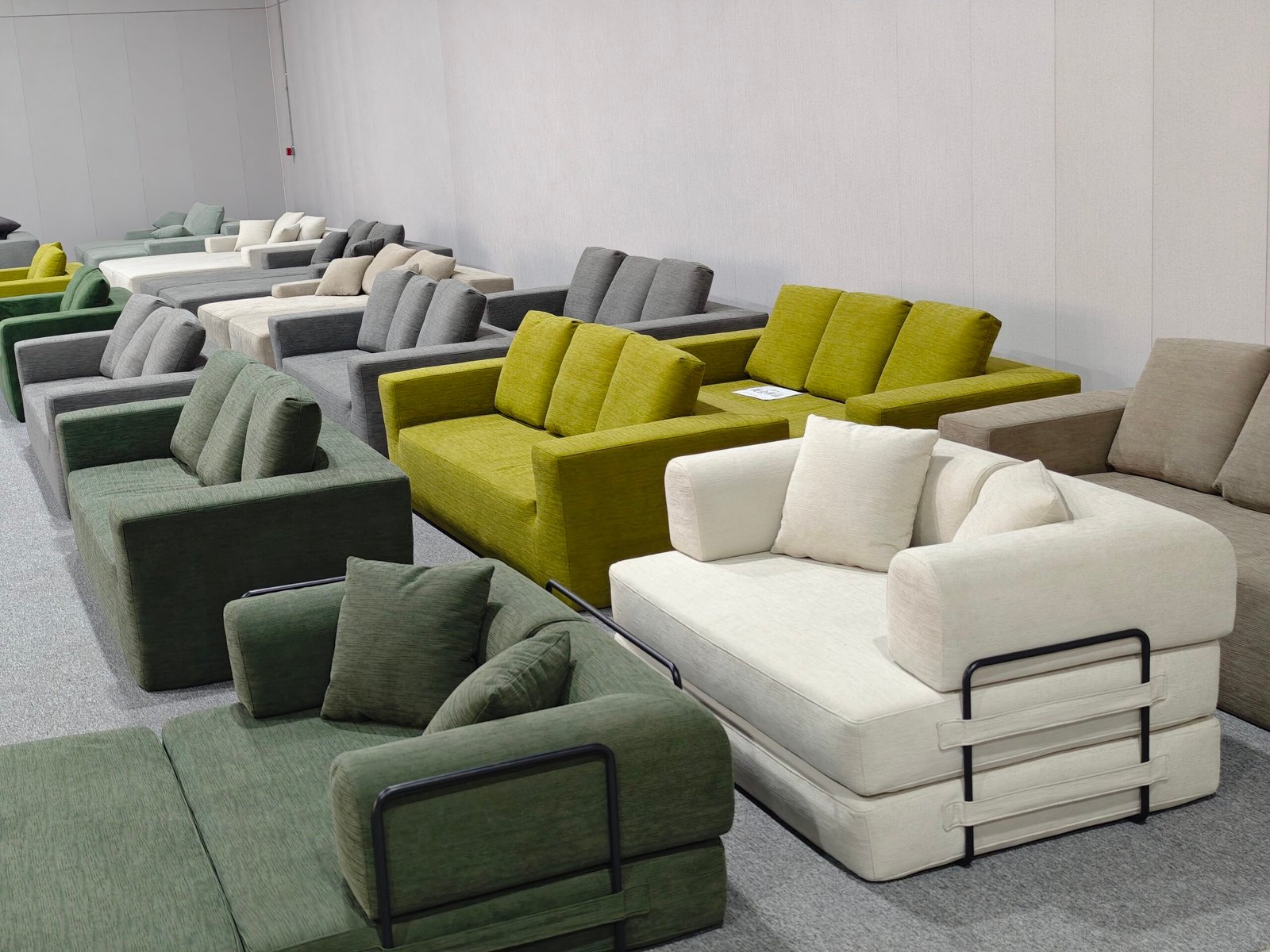
Versatility isn’t just about function—it’s about looks too.
Compression sofas come in various styles, colors, and fabrics to suit modern, minimalist, boho, or classic interiors.
We offer dozens of upholstery options—from neutral greys to bold patterns. Some models even allow customers to swap covers to match seasonal decor.
- Modular: mix-and-match layouts
- Custom colors on demand
- Fabric upgrades available
This flexibility makes them ideal for interior designers, Airbnb hosts, and modern families.
Conclusion
Compression sofas combine comfort, sustainability, easy logistics, and cost savings. For modern homes and growing furniture businesses, they’re not just a trend—they’re the future.